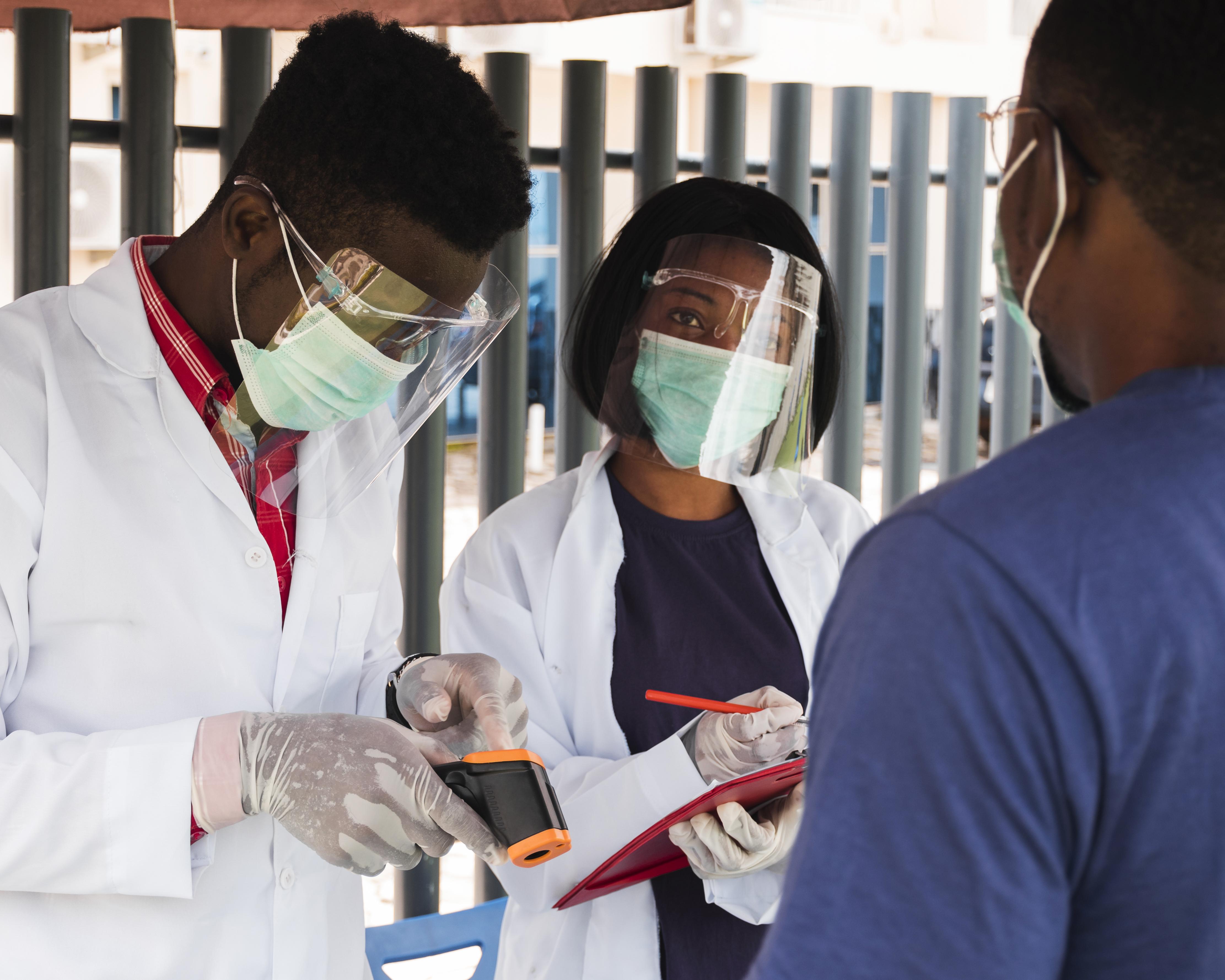
The increasing frequency and regional disparities of communicable disease outbreaks in Ghana underscore the urgent need for advanced spatial surveillance systems. This study is justified by the persistent underutilization of real-time cluster detection methods in Ghana's public health response, particularly between 2020 and 2024. The objective was to apply unsupervised machine learning-specifically K-Means, DBSCAN, SOM, and Gaussian Mixture Models-to identify spatial epidemiological hotspots and guide targeted interventions. Using secondary data from Ghana Health Service and WHO, outbreak patterns of COVID-19, cholera, and Lassa fever were analyzed across five key regions. DBSCAN emerged as the most effective model, achieving a silhouette score of 0.55, an Adjusted Rand Index of 0.65, and a Calinski-Harabasz Index of 350. K-Means clustering revealed three optimal clusters, with urban zones like Greater Accra averaging over 12,000 cases per cluster. Notably, a strong inverse correlation (r = -0.82, p < 0.01) was observed between healthcare access and outbreak severity, while the overall multivariate correlation coefficient was R = 0.78. The regression model (R² = 0.74, p < 0.001) confirmed population density (+0.68) and cluster risk category (+0.49) as significant predictors of outbreak intensity. These findings affirm the potential of unsupervised models to transform Ghana’s surveillance from reactive to proactive. The study recommends institutionalizing DBSCAN and K-Means in national health systems, focusing interventions on youth (15-29 age group) and urban clusters. It contributes a replicable multi-model framework that integrates spatial, demographic, and infrastructure variables for real-time epidemiological intelligence.



